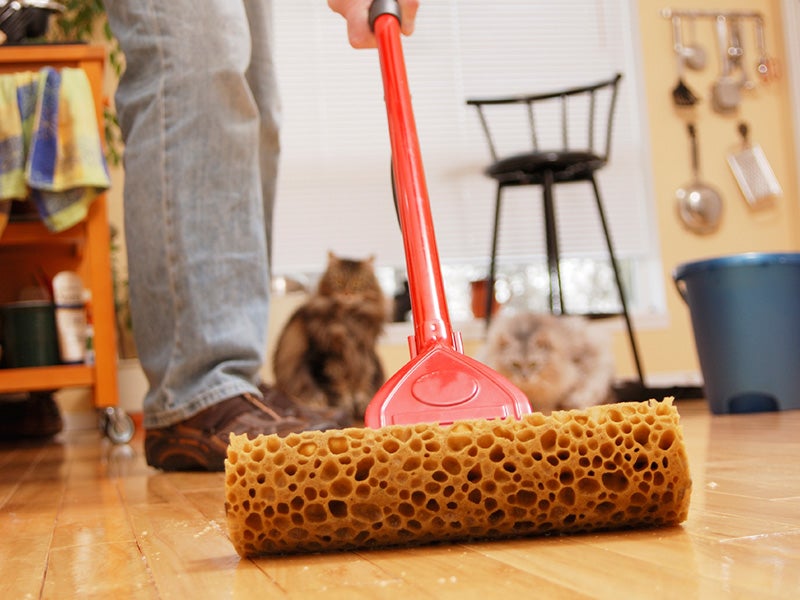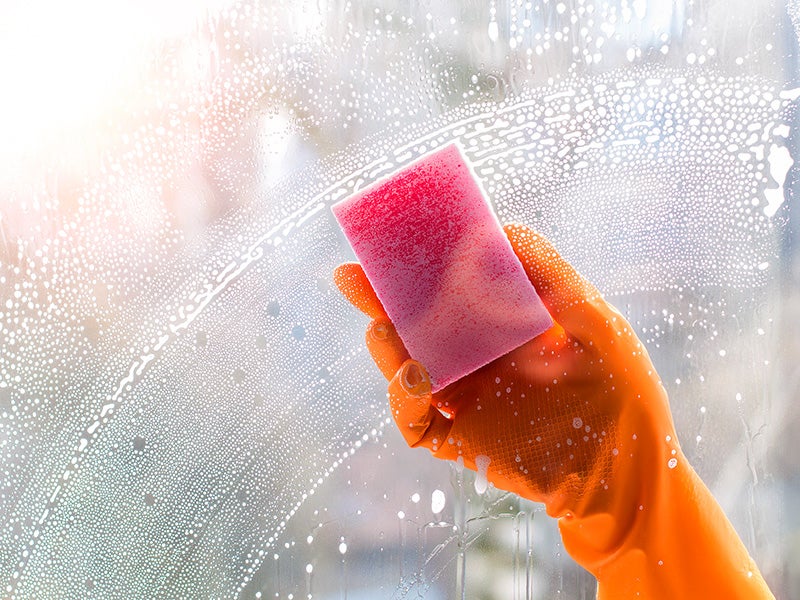Forcing Companies to Disclose the Makeup of Cleaning Products
Independent studies into chemicals contained in cleaning products continue to find health effects ranging from nerve damage to hormone disruption. Consumers have a right to know what’s in their cleaning products so they can have the information they need to select the safest products for use in their homes.
Case Overview
Earthjustice took Proctor & Gamble, Colgate-Palmolive, and other household cleaner manufacturing giants to court for refusing to follow a New York state law requiring them to disclose the chemical ingredients in their products and the health risks they pose.
Independent studies into chemicals contained in cleaning products continue to find health effects ranging from nerve damage to hormone disruption. But ingredient disclosure requirements are virtually non-existent in the United States.
The exception is a long-forgotten New York state law, which requires household cleaner companies selling their products in New York to file semi-annual reports with the state listing the chemicals contained in their products and describing any company research on these chemicals’ health and environmental effects.
But in the three decades since the 1976 law was passed, companies failed to file a single report. In the fall of 2008, Earthjustice sent letters to more than a dozen companies asking them to comply with the law. The companies targeted in this lawsuit—Proctor & Gamble, Colgate-Palmolive, Church and Dwight and Reckitt-Benckiser—each ignored or refused this request.
Since then, the state of New York has moved forward with a proposal requiring manufacturers of household cleaners to tell consumers what chemicals are in their products. A coalition of 42 public interest groups applauded the state Department of Environmental Conservation’s continuing effort, and urged the agency to specifically require companies to disclose any chemicals in their products that cause nerve damage or hormone disruption, even if industry asks to keep this information secret from consumers.
Public interest groups are backing a swift timetable for ingredient disclosure as well as a convenient information hub for consumers to search and compare chemical ingredients among different brands and products. The agency still has not said when the companies will be required to file this information, but has said it is committed to making this information easily accessible to consumers.

Case Updates
Case page created on February 17, 2009.


